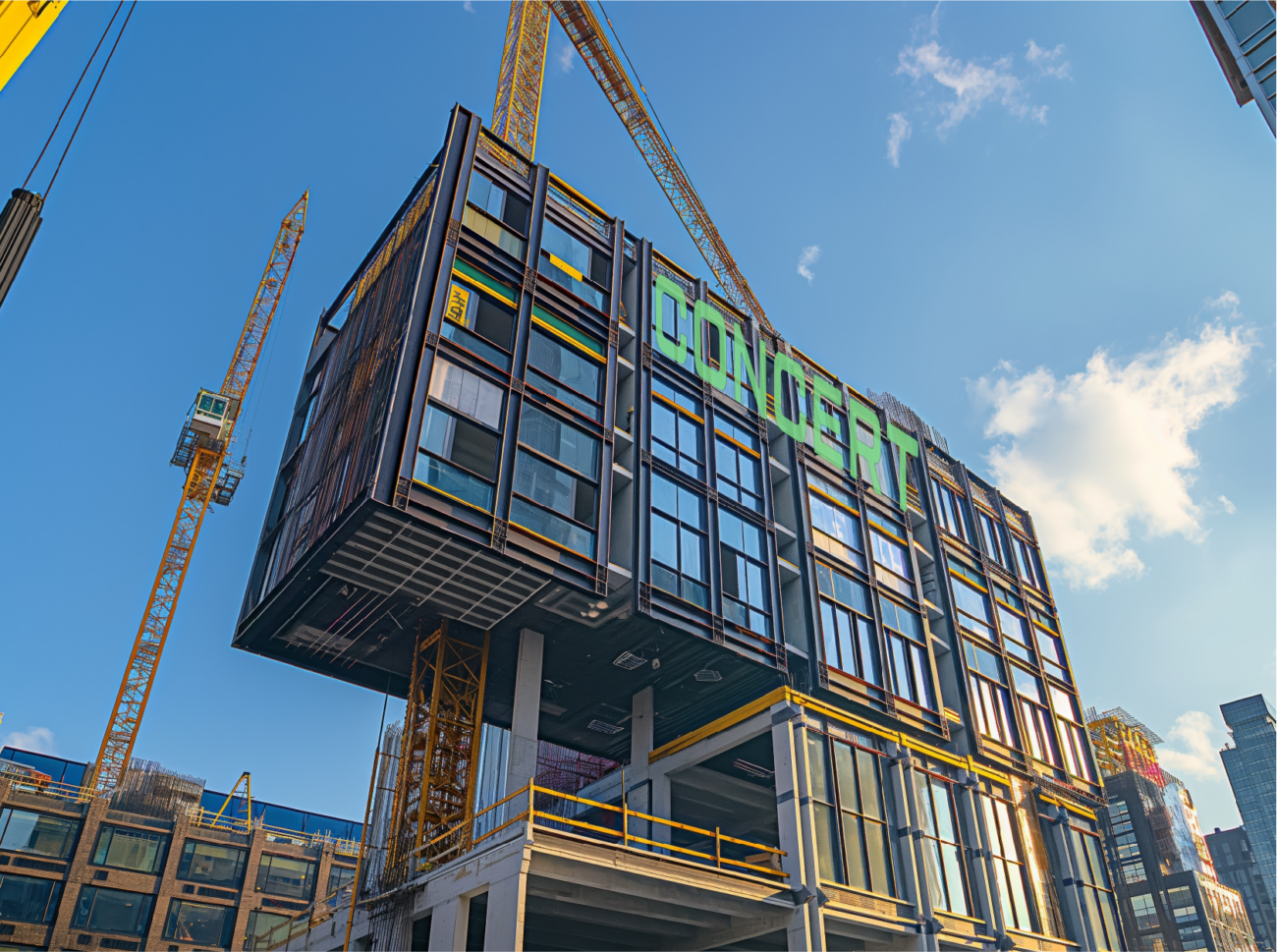Follow CONCERT on LinkedIn for more on the digital future of architecture.
Chaired by Microsoft’s Salla Eckhardt, the National BIM Committee’s goal is to create a national standard for digital processes in the AECO industries. As Eckhardt said in a NIBS news release, “We need a standard that supports the entire digital building lifecycle from BIM-ready planning to BIM-based design and digital construction all the way to BIM as a component in built environment digital twins.”
The outcome of this standard will be a model that’s expected to streamline business, just as other national and international standards like ISO do. It’s also expected to have a positive impact on the built environment in a number of tangible ways. For example, it will make the supply chain more effective, by creating a uniform approach that will allow for greater automation and sustainability. It will also enable more predictable processes and outcomes by ensuring every stakeholder throughout a building lifecycle has the same, current, information.
The National Institute of Building Sciences (NIBS) is taking a bold step toward the future, by implementing a U.S. National Building Information Modeling (BIM) Program. While there’s been a European BIM standard in place since 2017, and the nonprofit organization BuildingSmart International has long championed the idea, the United States has lagged in its approach to standardization.
That’s about to change thanks to the new steering committee, which has been tasked with setting up a process to gather information and make recommendations for a standard that NIBS says will reflect “current best practices, international process standards, and the evolution of future digital tools.”
All of the improvements created by a national BIM standard will enable better project outcomes and efficiencies. Further, a national BIM standard is expected to foster innovation, by enabling the development of data-driven applications like digital twins, which in turn unlock a range of opportunities for building owners and operators in particular.
Even so, it’ll be a few years before the committee’s recommendations can be implemented. Their next step is to gather information from stakeholders including government and private sector owners, and industry representatives from design, construction, manufacturing, technology and asset operation sectors, plus software vendors, to determine how the standard can help align those industries as they move toward a more digital mode of delivery, and harness the opportunities that come with digital transformation.
Follow CONCERT on LinkedIn for more news and information for the AECOO industry.





